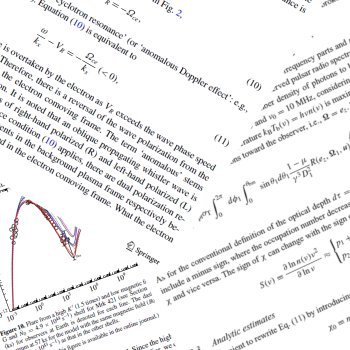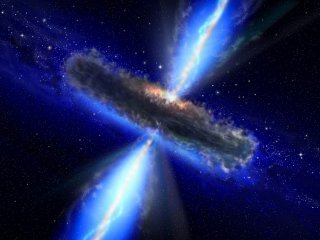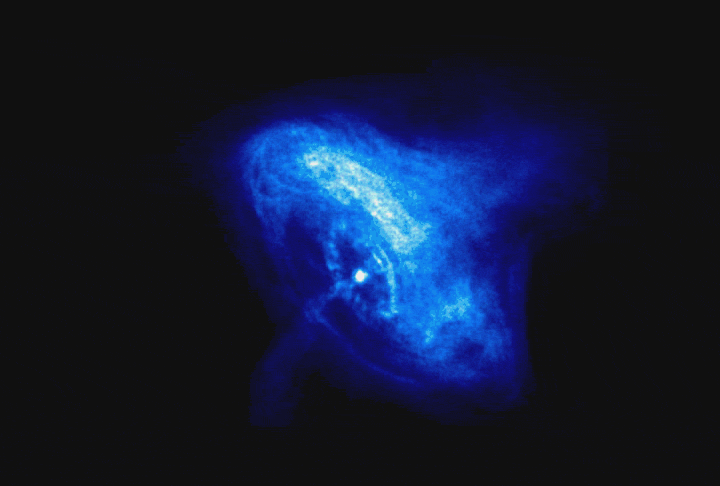
Recent papers:
Kengo Shinoda, Yudai Suwa, Ryosuke Hirai, Ryo Sawada, Kengo Tomida, Kazunari Iwasaki, Takeru K. Suzuki
"Impacts of Hydrogen Envelope on Supernova Fallback and the Resulting Compact Remnant Masses", arXiv:2512.11404, submitted to MNRAS
Ryo Sawada, Hiroyuki Kurokawa, Yudai Suwa, Tetsuo Taki, Shiu-Hang Lee, Ataru Tanikawa
"Cosmic-Ray Bath in a Past Supernova Gives Birth to Earth-like Planets", SciA 11, eadx7892(9pp) (2025)
Jiro Shimoda, Katsuaki Asano, Shu-ichiro Inutsuka
"Interplay between Escaping Cosmic Rays and Interstellar Medium: Driving of Galactic Winds and Shaping the Local Proton Spectrum", arXiv:2512.07239, submitted to ApJ
K. Abe, S. Abe, A. Abhishek, et al.
"CTAO LST-1 Observations of Magnetar SGR 1935+2154: Deep Limits on Sub-Second Bursts and Persistent Tera-Electronvolt Emission", arXiv:2512.05634, accepted for A&A
Previous papers are here.




